نمی توان با آن چه از دل این سرزمین اجدادی تا به حال بیرون کشیده شده، ادعا کرد که بزرگ ترین گنج جهان متعلق به ما است اما می توان با رجوع به استنادات تاریخی به این نتیجه رسید که تا پیدا کردن بزرگ ترین گنج ایران راه درازی داریم. آن چه که مورخان داخلی و خارجی درباره ایران و خزاین پادشاهان قبلی نوشته اند این طور بر می آید که گنجی بزرگ در دل خاک مدفون است و ما تنها کمی از وجود آن اطلاع داریم. در این فرصت سعی می کنیم که به سراغ معرفی این گنج بزرگ برویم و از ماهیت آن کمی باخبر شویم.
مطالب مرتبط:شهری در ایران که با ورود به آن به معنای واقعی پولدار می شوید!عکس هایی تکان دهنده از مرموزترین روستای ایران!ماجراجویی در سیاره ای دیگر که در ایران قرار گرفته است!
اگر در فضای اینترنت، بزرگ ترین گنج های گم شده ی دنیا را جستجو کنید، خواهید دید که این لیست یک گنجینه ی بسیار بزرگ را در خود کم دارد و آن بزرگ ترین گنج ایران است که گم شده و هنوز هم پیدا نشده است! برخی از کارشناسان باستان شناسی حتی می گویند که این گنجینه ممکن است که بزرگترین گنج زمان در جهان هم باشد و بی شک در ایران مدفون شده است و سرنوشتی که ما از آن سراغ داریم، این است که یکی از بزرگ ترین گنج های پیدا نشده و موجود در جهان است. حال به نظر شما این گنج مدفون در کجای ایران است؟ بر اساس اطلاعات تاریخی، بزرگ ترین گنج ایران یا گنجینه ی پادشاه بزرگ ایرانیان در زمان سلسله ی هخامنشیان، داریوش سوم هخامنشی که در بین سال های ۳۸۰ تا ۳۳۰ قبل از میلاد پادشاهی و زندگی می کرده است، شاید بزرگ ترین گنج تمامی دوران ها در سراسر جهان باشد.
این گنج بسیار بزرگ از دوران ایران باستان که در دست پادشاهان هخامنشی بوده است را سرنوشت های مبهمی همراهی کرده است. می گویند که بخشی از این گنج را امپراتور مقدونیان، اسکندر کبیر که در بین سال های ۲۳۲ تا ۳۵۶ قبل از میلاد مسیح می زیسته است، زمانی که در سال های حدودی ۳۳۴ قبل از میلاد به قلمروی پادشاهی ایرانیان در زمان امپراطوی هخامنشیان و حمله ای که به ایران صورت داد را به تسخیر خود در آورده و با خود از ایران خارج کرده است.
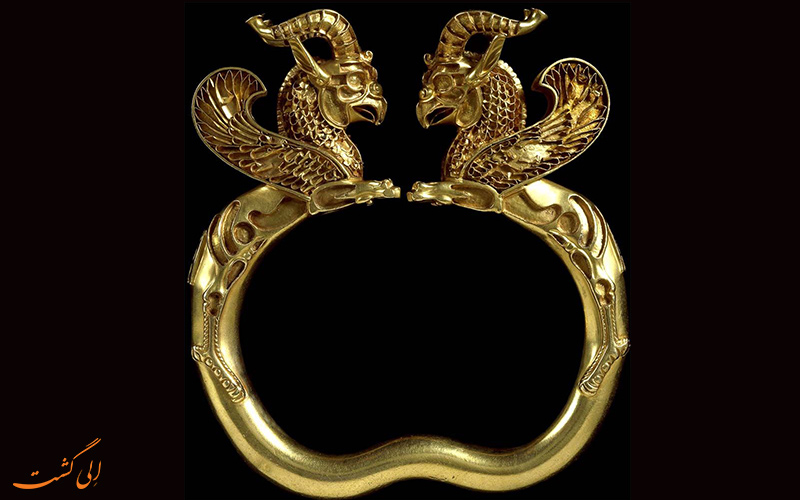
این گنجینه های با ارزش در شوش، ایسوس که در حال حاضر، شهری در مرزهای کشور ترکیه ی فعلی است، دمشق و تخت جمشید را چپاول کرده است و به تاراج برده است. امپراتور فاتح ایران هخامنشی، اسندر کبیر تنها در بخش تخت جمشید با خود در حدود ۹ هزار تالنت (تالنت واحد سنجش وزن طلا و نقره بوده است که برابر با معیارهای وزنی امروزی برابر است با ۲.۵ کیلوگرم) طلا و ۴ هزار تالنت نقره به غنیمت گرفت و با خود به تاراج برده است.
در واقع با احتساب این مقدار با معیارهای امروزی، اسکندر مقدونی در حمله به ایران و قلمروی امپراطوری هخامنشیان، فقط از یک بخش، بیش از ۱۰۰۰ تن یا به حساب سر انگشتی دیگری بیش از ۵۰ کاروان بزرگ از حیوانات بارکش که فقط غنیمت یکی از شهر های ایران را با خود حمل می کردند را برده است، البته بهتر بگوییم که به تاراج برده است. البته داستان تاراج این گنج ها به همین جا ختم نمی شود!
مورخ و وقایع نویس باستانی یونانی به نام دیودور، درباره ی یورش اسکندر به ایران این گونه می گوید که پس از یورش اسکندر به ایران و نابودی و تاراج ثروت های ایرانیان و خراب کردن آبادی شهرهای ایران، اسکندر سرنوشت دیگری را علی الرقم آن چه که ما انتظار داریم، رقم می زند. او می گوید که: اسکندر کبیر گنج های حاصل از تمام گنج خانه های تسخیر شده در ایران را بر بیش از ۳ هزار شتر بارکش و ۱۰ هزار جفت قاطر که در مجموع بیش از ۲۳ هزار حیوان بارکش می شود را سوار بر کشتی کرد و به کشور خود برد.

اسکندر در آن زمان در ایران بدون احتساب، بخشی از گنجینه ها که داریوش سوم به نقاطی امن برده بود را که بالغ بر ۷۵۰ هزار تالنت که بر حسب معیارهای فعلی، حدود ۱۹,۶۵۰ تن و تقریبا ۹۸۰ کامیون باری که ۲۰ تن بار مملو از طلا و نقره را حمل می کرد به غنیمت گرفت. به سرزمین خود برد و این بدون احتساب سنگ ها، جواهرات و هزاران شی گران بهای دیگری بود که در این گنجینه ها وجود داشت.
نگارش های باستانی به ما می گویند که، وقتی که اسکندر بعد ها با ارتش خود به مصر لشکر کشی کرد، دستور داد که سپرهای حفاظتی سربازانش را با نقره ی خالص آب کاری کنند که علت آن این بود که آن همه نقره ای که از ایران بود را اینگونه به رخ بکشد و در واقع نشانی از عظمت غارت لشگر مقدونی در ایران باستان بود. به نظر شما سرنوشت آن قسمت از گنجینه های ایران که به دست داریوش سوم پنهان شده بود، چه شد؟ داریوش سوم، آخرین پادشاه سلسله ی هخامنشیان با کاروان کوچکی از گنج هایش به اقامتگاه تابستانی خود در هگمتانه که شهری تاریخی است و امروزه شهر همدان است، رفت.
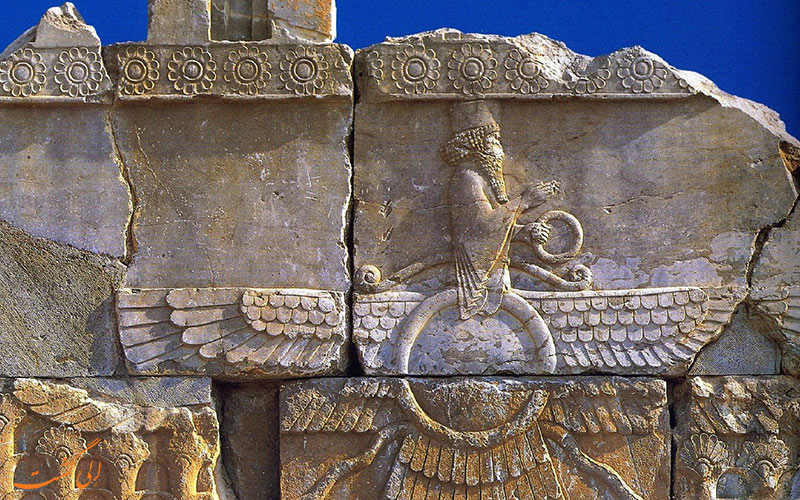
بنا به اسناد باستانی موجود، داریوش هخامنشی قبل از آن که بمیرد دستور داد که تمامی طلاها، نقره ها و اشیای قیمتی دیگر را در نزدیکی شهر دفن کنند. وقتی که اسکندر اقامتگاه تابستانی را به تسخیر در آورد، هیچ اثری از گنج داریوش بر جای نمانده بود.
اسکندر نیروهایش را وادار کرد هفته ها در اطراف شهر بدنبال گنج مدفون بگردند که در اصل جستجویی بی حاصل و بی نتیجه بود. این گنجینه ی بزرگ، به گفته ی کارشناسان حدودا نصف دارایی هخامنشیان بوده است. ۲۵۰سال بعد، سردار رومی مارکوس لیزینیوس کراسوس به جستجوی این گنجینه ی طلا پرداخت و برای آن حتی با پارت ها، یکی دیگر از اقوام آسیای صغیر وارد جنگ شد و به نتیجه ای نرسید.
بعد از او، پارت ها، سرداران رومی ژولیوس سزار، مارکوس آنتونیوس و همچنین امپراتور روم، نرون نیز، همگی به دنبال گنج داریوش گشتند و به هیچ نتیجه ای نرسیدند. آخرین بار که تلاشی برای پیدا شدن این گنج صورت گرفت، در سال ۱۳۵۲ بود که به هیچ نتیجه ای نرسید.
بزرگترین گنج وایکینگها
Medieval Histories
NATURE HISTORY HERITAGE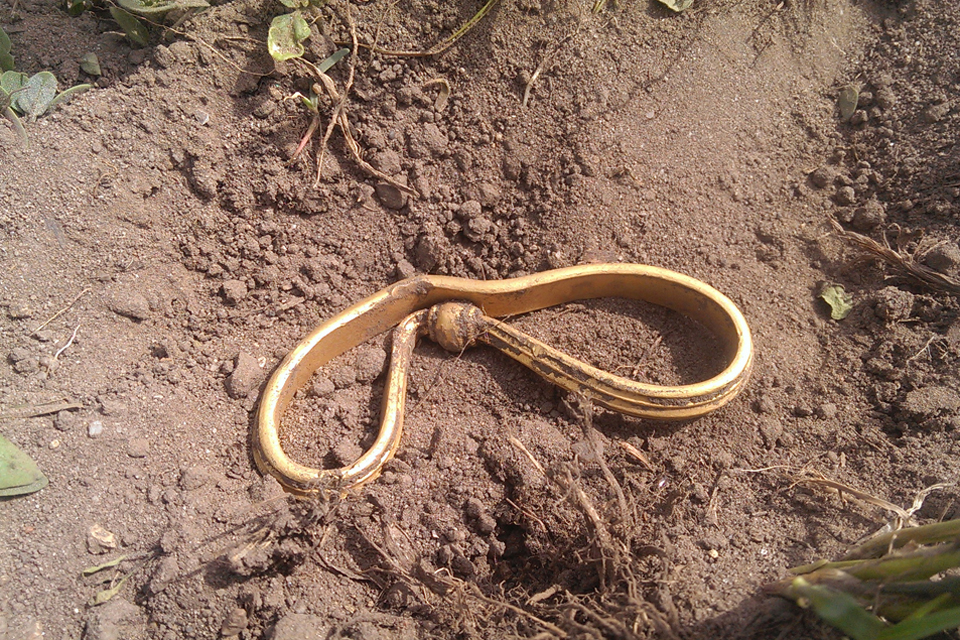
Viking Gold Hoard at the End of the Rainbow
It really feels as if we found gold at the end of the rainbow, tells one of the amateur archaeologists, who last week found the largest treasure of Viking gold ever discovered in Denmark
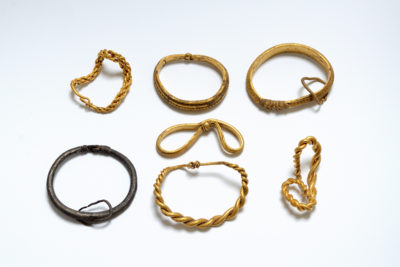
Last week three amateur archaeologists found seven bangles from the 10th century in a field near Vejen in Jutland. The amazing thing is that six of the seven are made of gold, while the last is of silver.
– When we discovered the first ring, we really felt that we had found the gold at the end of the rainbow. And then more surfaced; it was almost unreal, says Marie Aagaard Larsen, who together with her husband Christian Nedergaard Dreiøe and their common friend Poul Nørgaard Pedersen is one of the three happy finders.
It took only about ten minutes to find the first three bangles; afterwards a phot was sent quickly to the local museum in Sønderskov where the curator was quick to secure the place.
Already in 1911, a gold chain was discovered and it was this fact, which led the amateur archaeologists to explore the place once more.
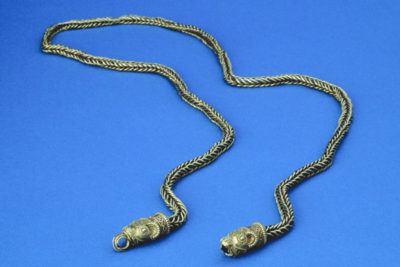
– At the museum we had talked about whether it would be interesting to explore the area with a metal detector, where the gold chain weighing 67 grams was found back in 1911. But that amateur archaeologists in the course of a few days would find seven Viking bangles Viking, is something which I could not imagine, not even in my wildest dreams might imagine, says Lars Grundvad. He is is reasonably convinced that the gold chain, which was found in 1911, is associated with the seven newfound bangles.
The chain found in 1911 is characterised by its Jelling style, as is one of the bangles. Vejen is located 25 km from Jelling and it seems possible to speculate upon a connection to the famous Viking fortress cum burial monument there, as treasures of gold are extremely rare. The viking age was one of silver, explains Peter Pentz, who is curator at the National Museum in Copenhagen.
Another possible connection is to the high-ranking Viking, Ravninge-Tue, who was responsible for the construction of one of the mounds at Jelling and who raised a stone-ship to commemorate his mother eleven km from where the find was made (Bække).
Viking Elite and Unique Treasure
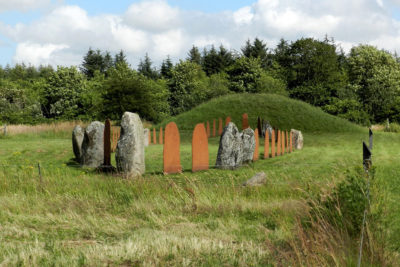
Peter Pentz explains that until last week a treasure from Vester Vedsted in Southwestern Jutland, was the largest ever found in the neighbourhood. This weighed 750 gr. The new treasure weighs 900 gr; together with the chain and the silver bangle, it exceeds more than a kilo. He believes the bangles should be understood as “edsringe” or “oath rings” – the golden gifts presented by Viking chieftains to their trusted men, the elite at that time.
Why did such wealth end up in the ground? This question puzzles both Peter Pentz and Lars Grundvad.
– The treasure might be buried as part of cultic act. However, another – and perhaps more likely explanation is, that the treasure was buried as part of a precautionary act; and then, never reclaimed, says Peter Pentz, adding, It would be very interesting to examine the location closer as this might yeld additional information as to why this valuable treasure ended up there, in the ground.
Lars Grundvad agrees and is already speculating on how to secure funds for a proper survey and excavation: hope is to get into the ground, perhaps already this autumn.
– The treasure was found in Frøs Herred. Frøs means Freyr, who was was a Viking fertility god. The golden ring from Tissø (weighing 1,83 Kg) was found at a royal estate. The hope – the dream – is to either confirm the cultic aspect; or locate a royal Viking residence nearby.
The plan is to exhibit the new treasure at Sønderskov Museum for a short while, before it is sedn to the National Museum in Copenhagen for further study and evaluation. Based on this, The Team Rainbow Power will get a very substantial treasure trove compensation.
New Finds December 2016
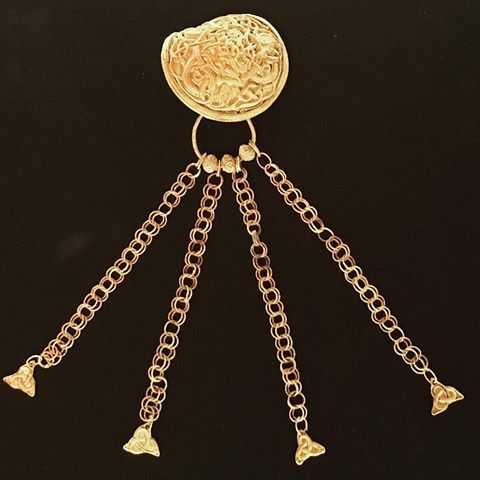 Unknown to a very select number of archaeologists, the site of the find was not revealed. The reason was that the archaeologists speculated there might be more hidden in the field. Late autumn, they returned to carry out a scientific exploration of the site of the golden bangles. The result was, to say the least beyond expectations.
Unknown to a very select number of archaeologists, the site of the find was not revealed. The reason was that the archaeologists speculated there might be more hidden in the field. Late autumn, they returned to carry out a scientific exploration of the site of the golden bangles. The result was, to say the least beyond expectations.
Nearly forty more pieces and fragments weighing more than 500 gr. were discovered. One of these was a unique fibula with hanging “bling” plus several pendants set with stones worked in delicate techniques like granulation etc. Another find was the beatiful Thor’s hammer, which may have been hanging from the chain found in 1911. in the After having worked through the field systematically, the archaeologists were able to announce that the find consisted of nearly fifty pieces or fragments thereof. Also, they found traces of a Viking settlement. At a later stage, the plan is to excavate this to get a sense of the socio-cultural milieu of the elite residence, where the treasure is believed to have been hidden sometime in the second half of the 10th century. (Postscript added dec. 2016).
SOURCE:
Press Release: Amatørarkæologer finder Danmarks største guldskat fra vikingetiden
FEATURED PHOTO:
The sixth Viking gold bangle surfacing from the ground. Photo: Poul Nørgaard Pedersen







 اسرار دریاچه بختگان(پری دریائی و راه یافتن گنج و دفینه)
اسرار دریاچه بختگان(پری دریائی و راه یافتن گنج و دفینه) دانلود pdfکتاب اسرار نشانه ها ( کاملترین کتاب الکترونیکی مرجع رمز گشایی علائم و نشانه ها ۱۶۲ صفحه رنگی pdf به زبان فارسی)
دانلود pdfکتاب اسرار نشانه ها ( کاملترین کتاب الکترونیکی مرجع رمز گشایی علائم و نشانه ها ۱۶۲ صفحه رنگی pdf به زبان فارسی) دانلودpdf(کتاب نفیس گنج نامه) (گنج نامه احمد وزیر ) کتاب گنج نامه وزیری و شاهی((نمونه گنج نامه های وزیری- شاهی)
دانلودpdf(کتاب نفیس گنج نامه) (گنج نامه احمد وزیر ) کتاب گنج نامه وزیری و شاهی((نمونه گنج نامه های وزیری- شاهی)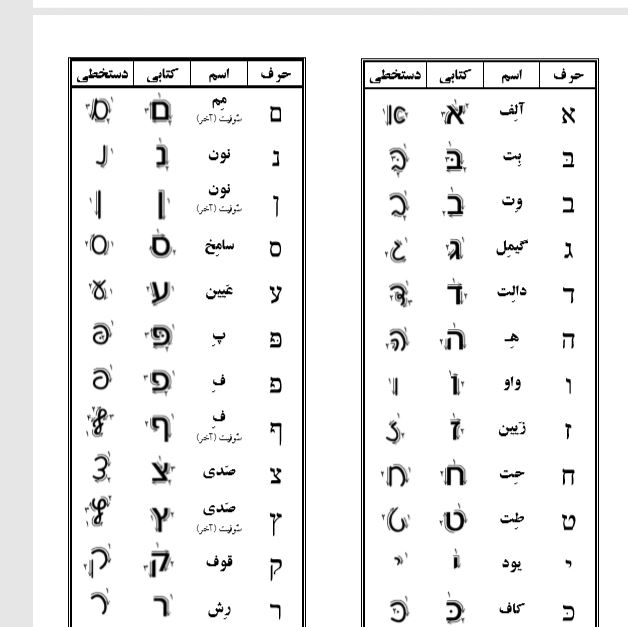 آموزش خط عبری
آموزش خط عبری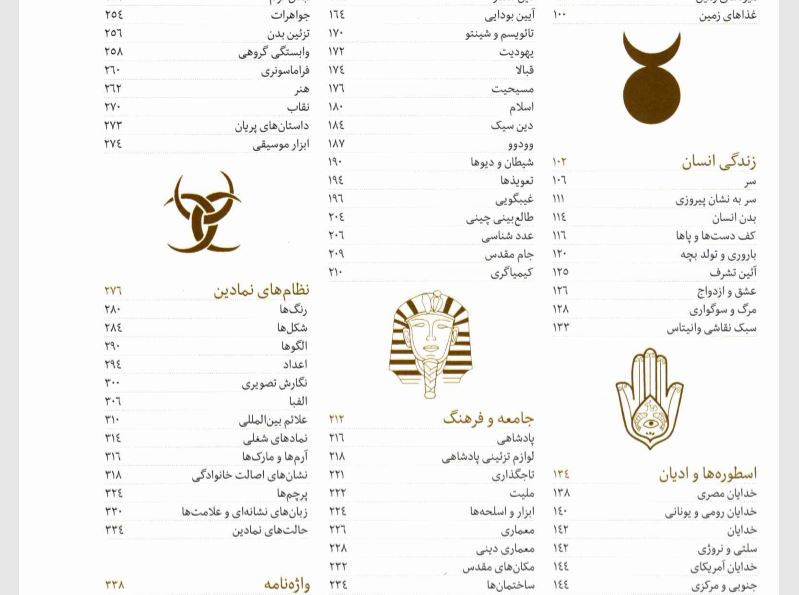 نشانه ها و نمادها در ایران
نشانه ها و نمادها در ایران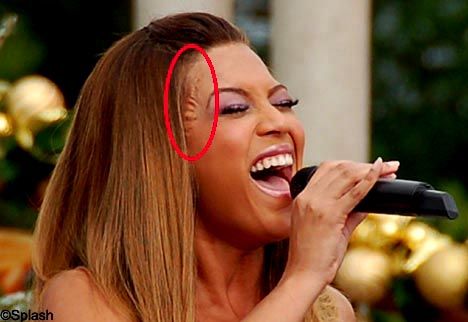 عکسهای واقعی از فرا انسانها رپتیلین(یافتن گنج و دفینه و طلا با استفاده از یافتن تونلهای زیر زمینی فرا انسانها و شناخت این انسانها)
عکسهای واقعی از فرا انسانها رپتیلین(یافتن گنج و دفینه و طلا با استفاده از یافتن تونلهای زیر زمینی فرا انسانها و شناخت این انسانها) شناسائی حوضچه ها ی دارای گنج
شناسائی حوضچه ها ی دارای گنج آموزش کامل تله کینزی در 2 روز ، حرکت دادن اجسام توسط نیروی ذهن
آموزش کامل تله کینزی در 2 روز ، حرکت دادن اجسام توسط نیروی ذهن کتاب محل دقیق کاروانسرا های ایران ( محل احتمالی و تخمینی دفن گنجها )
کتاب محل دقیق کاروانسرا های ایران ( محل احتمالی و تخمینی دفن گنجها ) روش کاوش در قبرستان ها(این کتاب دوبار در سایت بارگذاری شده است)
روش کاوش در قبرستان ها(این کتاب دوبار در سایت بارگذاری شده است) لیست کامل شهر ها و استانهای ایران برای یاقتن گنج
لیست کامل شهر ها و استانهای ایران برای یاقتن گنج مار بر روی گنج طلسم
مار بر روی گنج طلسم گنج و دفینه و زیر خاکی معبد سلیمان و جن
گنج و دفینه و زیر خاکی معبد سلیمان و جن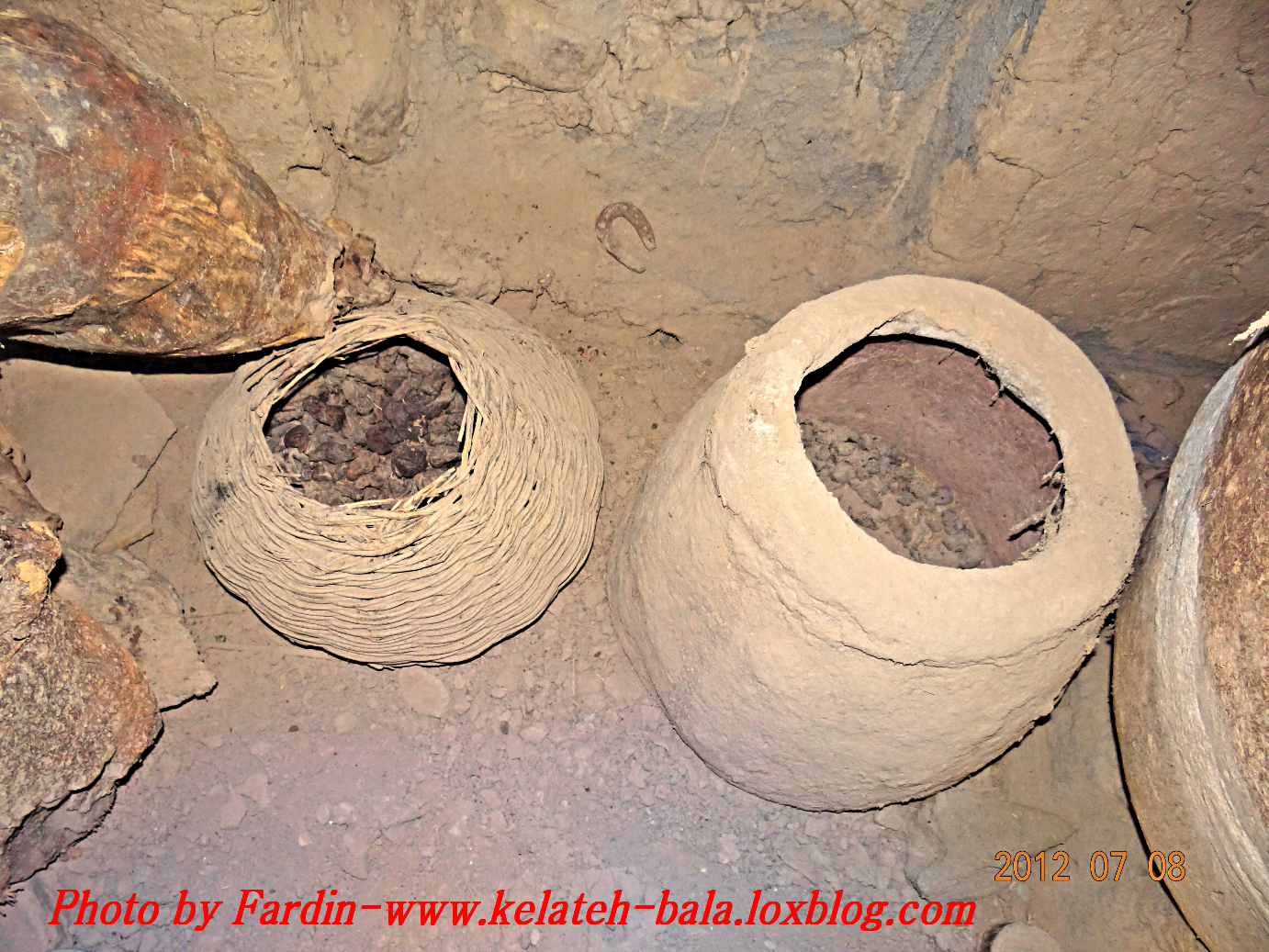 دفینه در آب و قنات
دفینه در آب و قنات جن و محل یافتن گنج و دفینه
جن و محل یافتن گنج و دفینه برای پیدا کردن گنج دفینه زیر خاکی و طلا زیر کدامیک ازدرختها رو باید حفاری کرد( فروش فایل فایل غیر رایگان pdf گنج و دفینه)
برای پیدا کردن گنج دفینه زیر خاکی و طلا زیر کدامیک ازدرختها رو باید حفاری کرد( فروش فایل فایل غیر رایگان pdf گنج و دفینه) قبرهای دارای گنج/ چه قبرهایی گنج دارند و چه قبرهائی گنج ندارند
قبرهای دارای گنج/ چه قبرهایی گنج دارند و چه قبرهائی گنج ندارند طریقه یافتن گنج در چاه
طریقه یافتن گنج در چاه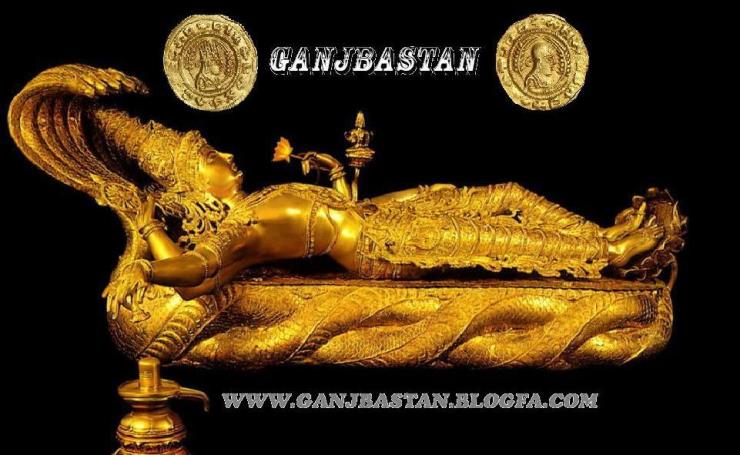 دانلود کتاب گنج باستان
دانلود کتاب گنج باستان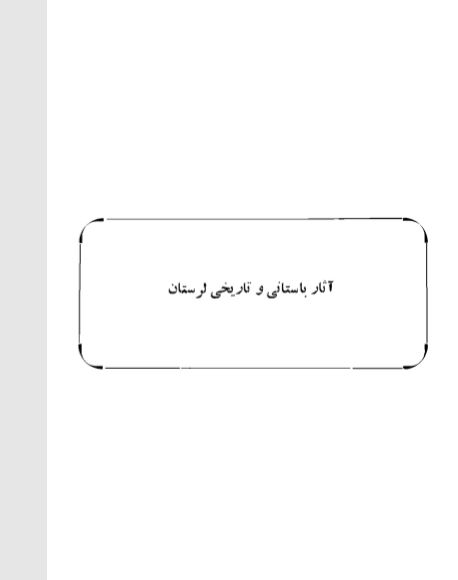 آثار باستانی و تاریخی لرستان(آشنائی با مکانهای گنج در لرستان)
آثار باستانی و تاریخی لرستان(آشنائی با مکانهای گنج در لرستان)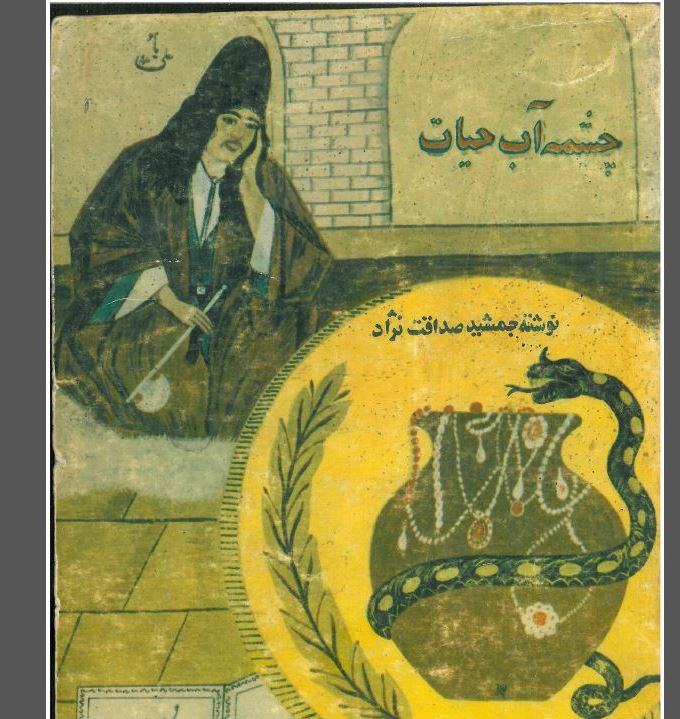 دانلود pdf کتاب چمشه آب حیات نوشته جمشید صداقت نژاد
دانلود pdf کتاب چمشه آب حیات نوشته جمشید صداقت نژاد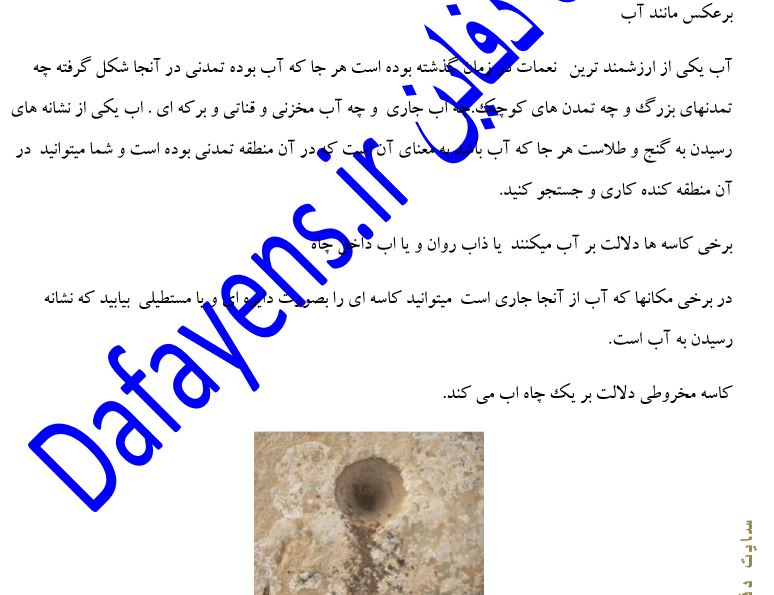 نشانه های کهن (از سری کتابهای طلائی پکیج گنج یابی)
نشانه های کهن (از سری کتابهای طلائی پکیج گنج یابی)

